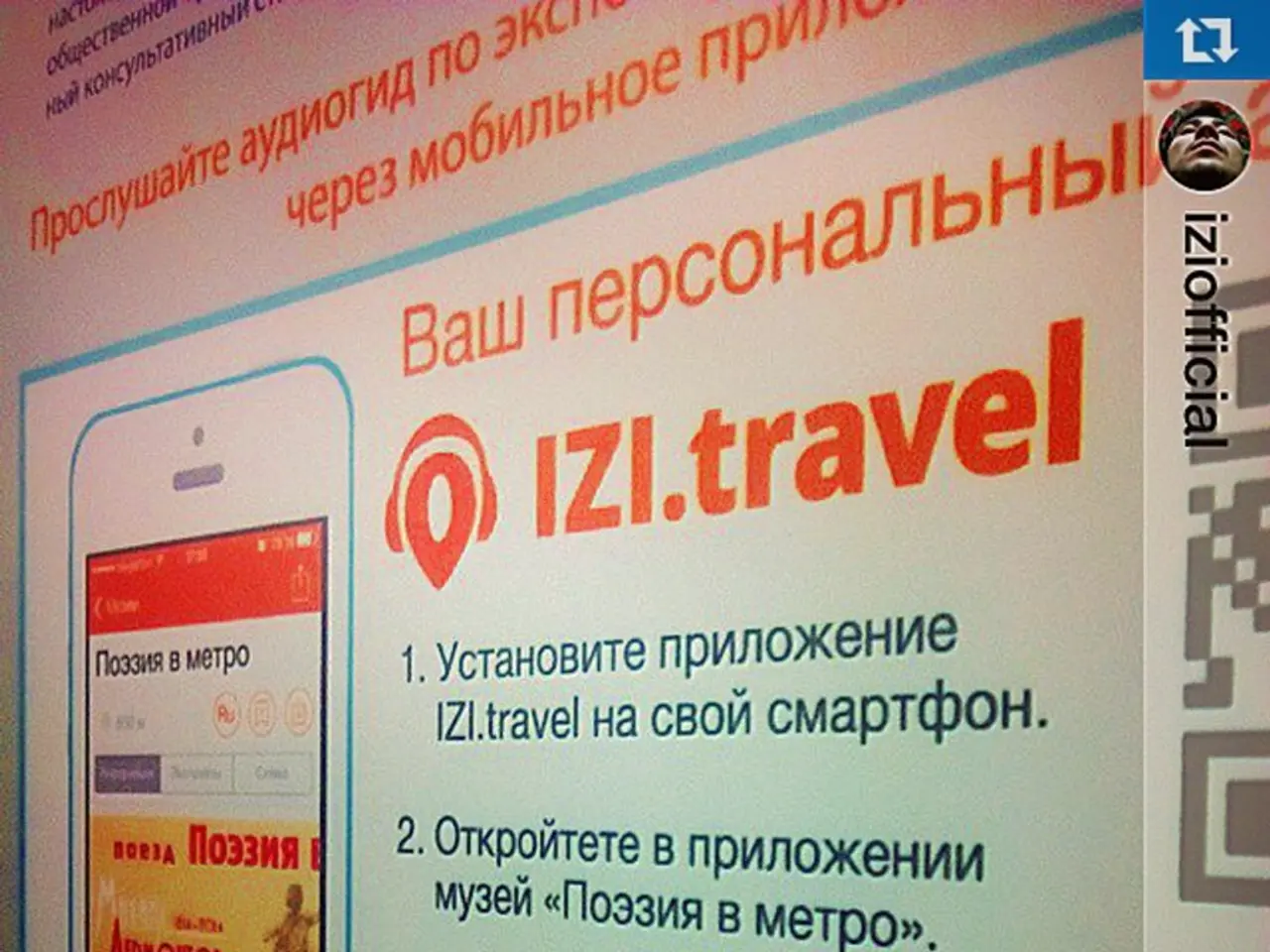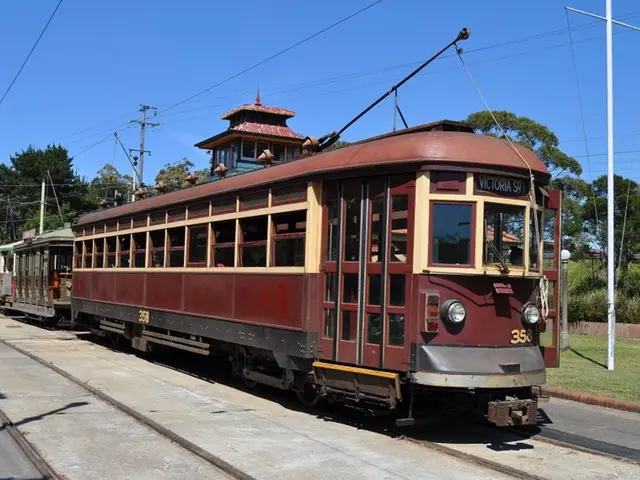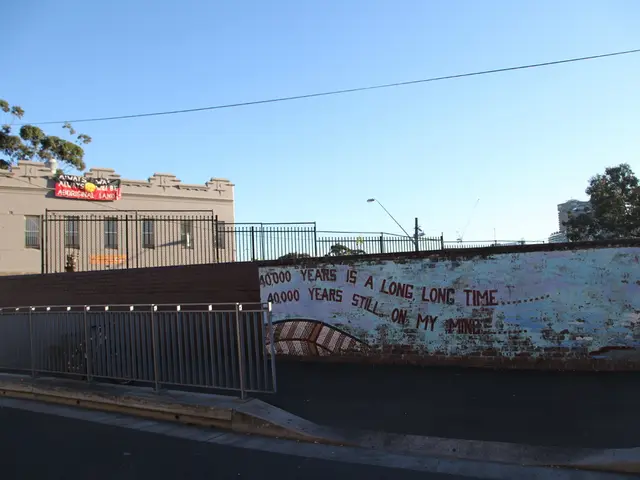MTA abandons prohibition on alcohol advertisements, shifting stance in distressing financial pursuit
The Metropolitan Transportation Authority (MTA) has made a controversial decision to lift its ban on alcohol advertising, a move that has raised concerns about increased exposure to alcohol ads among children and people in recovery.
Initially hailed as a significant step forward in 2017, the MTA's stance against alcohol ads was a part of its public health approach. However, the authority has now reversed this decision, aiming to generate additional revenue of $7 million to $10 million annually from the ads [1].
Janno Lieber, the MTA's chairman and CEO, has emphasized that the new rules are narrowly tailored, with common sense exceptions to the ban, ensuring protection of school kids from exposure to alcohol ads. For instance, alcohol ads will be blocked from digital billboards during peak hours for student commutes, and they will not be displayed within 500 feet of a school, playground, or place of worship [2].
However, the decision has drawn criticism from public health workers, who gathered outside MTA headquarters to voice their concerns. Julia McCarthy, senior program officer with the New York Health Foundation, expressed her concern about the decision to promote alcohol, stating that it could lead to a consideration of allowing cigarette or vaping companies in the future [3].
McCarthy also highlighted the potential negative impact of alcohol ads on vulnerable populations. Advertisements promoting alcohol can encourage adolescents to start drinking earlier and in greater amounts, and they can also trigger cravings that affect those in recovery [4].
The new rules allow alcohol ads at major commuter rail hubs and stations next to large venues where alcohol is lawfully sold. Advertisements promoting "train wraps" will be allowed on S shuttle trains between Times Square and Grand Central [5].
Ira Greenberg, a former MTA board member, praised the 2017 ban, stating that alcohol ads can be seen by tens of thousands of people, including children. His concerns echo those of McCarthy, who questions whether there will be a return of tobacco ads, which have been prohibited since 1992, following the MTA's decision to allow alcohol ads [6].
The MTA had initially estimated that alcohol ads would generate only $2.5 million annually, but it has now revised its expectations, hoping to earn significantly more [7]. This shift in approach has raised questions about potential future changes in policies regarding tobacco and vaping ads.
[1] The MTA is hoping to generate additional revenue, with expectations of earning $7 million to $10 million annually from the ads. [2] The displays will be blocked from digital billboards during peak hours for student commutes, as per Lieber. [3] Julia McCarthy, senior program officer with the New York Health Foundation, expressed concern about the decision to promote alcohol. [4] McCarthy stated that alcohol advertising has a damaging effect on children and people recovering from substance abuse. [5] Advertisements promoting "train wraps" will be allowed on S shuttle trains between Times Square and Grand Central. [6] McCarthy questions whether there will be a return of tobacco ads, which have been prohibited since 1992, following the MTA's decision to allow alcohol ads. [7] The MTA had initially estimated alcohol ads to generate only $2.5 million annually, but now hopes to earn $7 million to $10 million annually from the ads.
Despite the MTA's prior stance on public health, its recent decision to lift the ban on alcohol advertising aims to generate revenue, with expectations of earning between $7 million and $10 million annually. Consequently, concerns have arisen in the general-news sphere, encompassing politics, health, finance, and business, primarily regarding the impact of increased alcohol advertising on vulnerable populations. The issue has sparked debate, with critics fearing the potential return of tobacco and vaping ads, as was the case before 1992.




